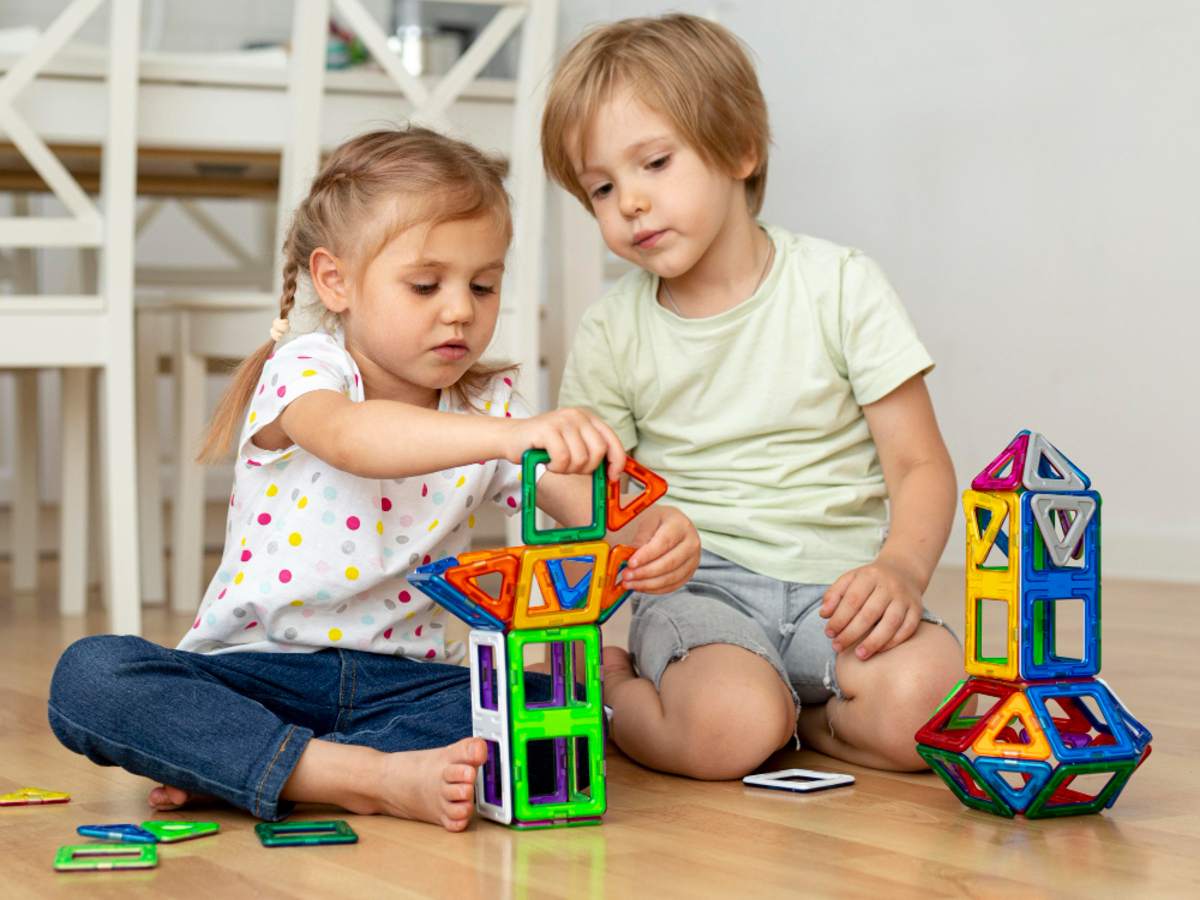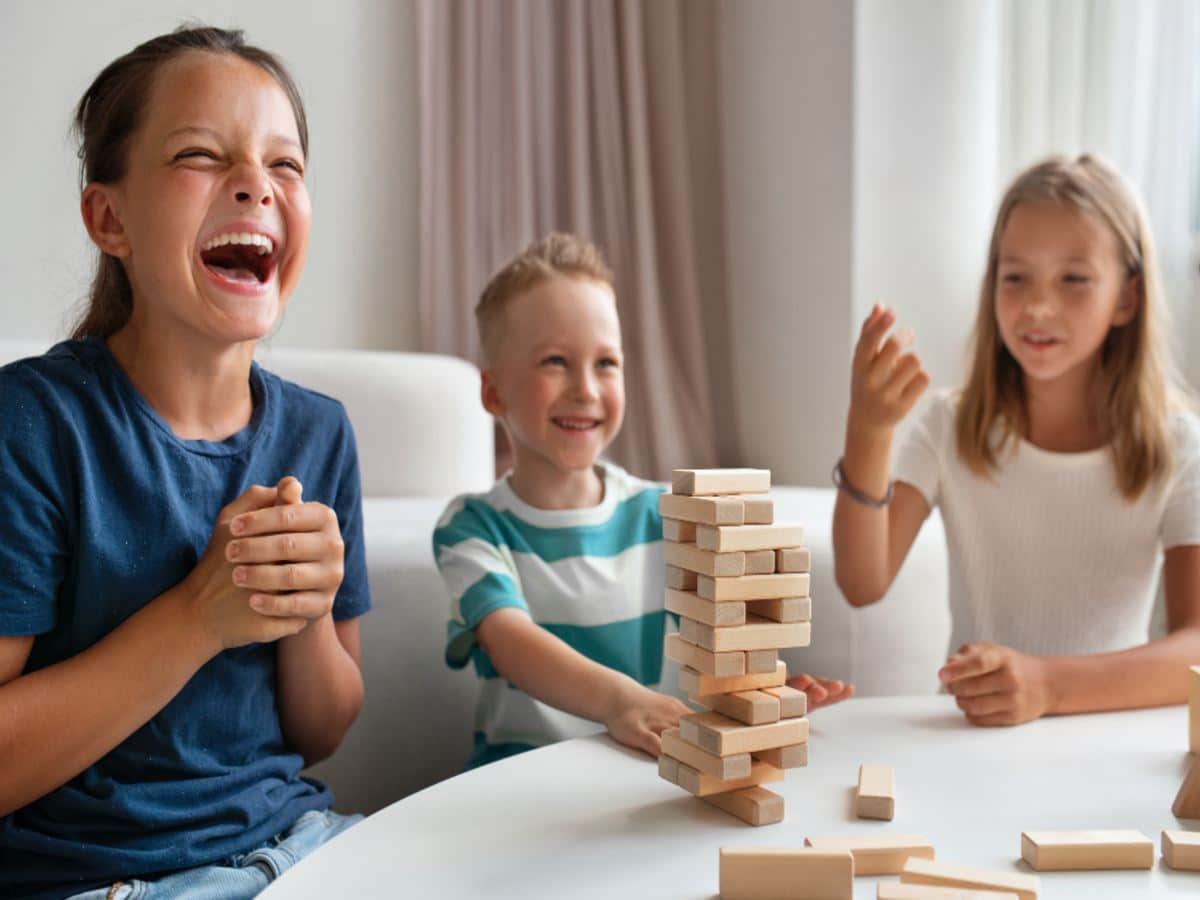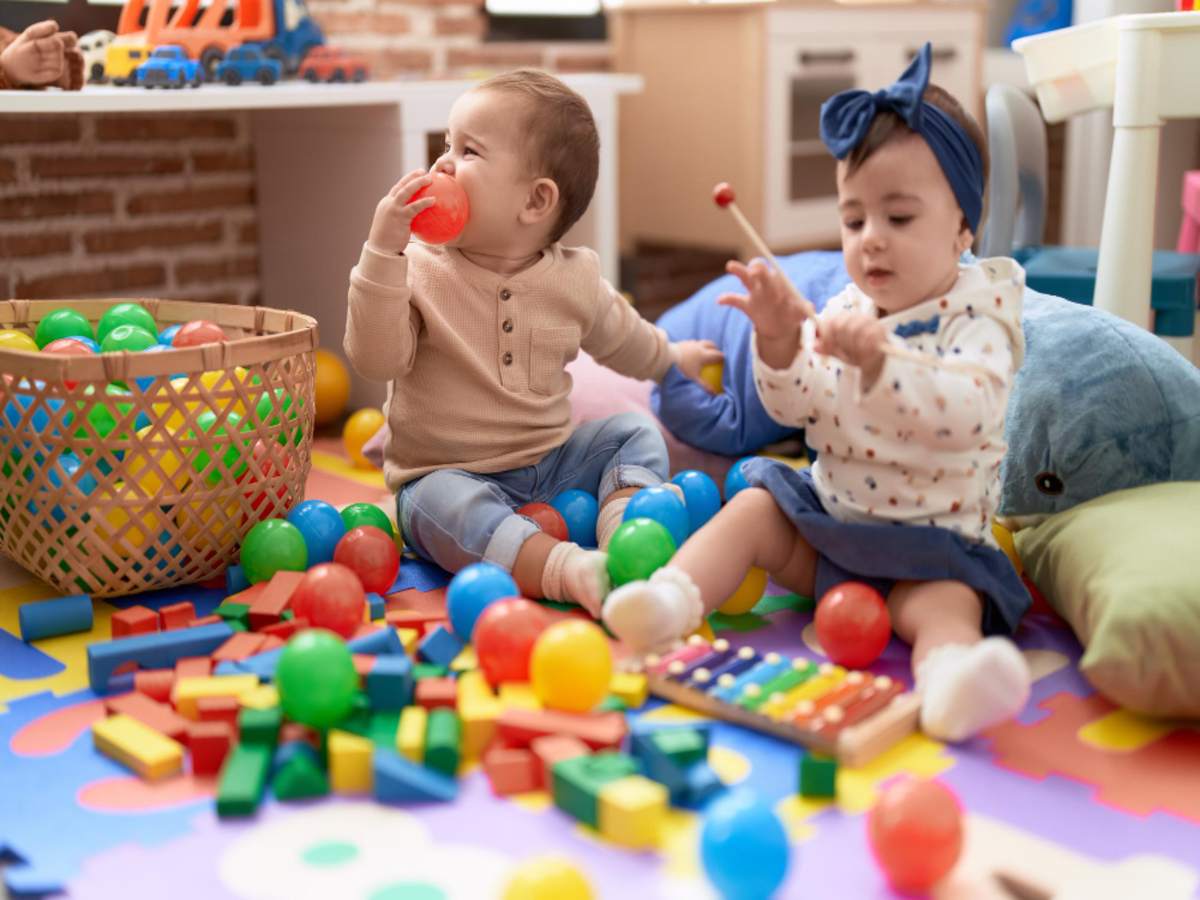Playtime is more than just a joyous occasion for our little ones—it’s a cornerstone for their growth and development. In the colourful world of blocks, imaginary friends, and make-believe adventures, children in Malaysia are not just having fun; they are actively shaping their cognitive, physical, social, and emotional well-being.
According to a study conducted by AIMS Public Health researchers in the field of Early Childhood Education, play emerges as a crucial factor in a child’s holistic development.
Play serves as a dynamic catalyst for cognitive growth. Through activities like puzzle-solving and creative play, children actively engage their minds, fostering problem-solving skills and an understanding of cause and effect. These cognitive foundations laid during playtime become the building blocks for future academic success.
Socially, play becomes a Malaysian child’s first venture into the intricate tapestry of human relationships. Through collaborative play, children learn to navigate social situations, understand diverse perspectives, and forge lasting friendships.
Through imaginative play, children’s play reenacts scenes from daily life like dramatic play, assimilating cultural norms and societal expectations. This creative expression not only fosters cultural awareness but also nurtures a strong sense of identity among Malaysian youngsters.
As we navigate the landscape of Early Childhood Education in Malaysia, it’s crucial to recognize the diverse types of play that shape the educational journey for our younger children. From imaginative play and constructive play to social play and beyond, each play type contributes uniquely to the rich tapestry of a Malaysian child’s development.
Here are the 7 types of play in early childhood:
Unoccupied Play
In those first few months of life (1 to 3 months old), little ones dive into what we call “unoccupied play.” It’s like their introduction to the big wide world.
Picture this: they’re taking in everything around them, making those adorable random movements fueled by pure curiosity. Sure, it might not look like a classic play session, but trust us, it’s laying the groundwork for what’s to come.
So, how can you nudge this exploration along?
Well, even though babies naturally do their solo unoccupied plaything, a little encouragement never hurts. Maybe lay them down on a cosy playmat or treat them to some vibrant pictures. And, of course, your interaction is golden – it’s like a backstage pass to helping them figure out this new life they’ve stumbled into.
Independent Play
Children aren’t really into socialising during playtime from the time they’re born until they hit the ripe age of about two. Nope, they’re more into the wonderful world of solo play.
Engaging in solo adventures helps these little explorers understand the lay of the land, boosts their confidence and independence, lets their creative juices flow, shows them how things work, and hone those motor skills.
So, how do you encourage this independent playtime also known as solitary play?
Well, just throw in a bunch of cool stuff like push toys, colouring gear, fluffy buddies, storybooks, musical instruments, and more. Let your kiddo loose to play however they fancy — because creativity is the secret sauce to growing up!
Oh, and heads up, some older kiddos might still dig the solo play scene, just depending on their vibe and what tickles their fancy.

Onlooker Play
When your little one hits about 2 years old, you might notice them doing this adorable thing called onlooker play. Essentially, it’s like toddler-style people-watching. They’re not quite ready to jump into the game, but they’re glued to the action, soaking it all in.
Now, you might think, “What’s the big deal? They’re not playing, are they?” But guess what? Experts say there’s more to it than meets the eye. This onlooker phase actually helps them build the confidence they need to eventually dive into the fun. It’s like a warm-up for the social play that’s right around the corner.
So, how can you encourage this onlooker play?
Well, the good news is, it’s pretty easy to slip into your daily routine. Let your kiddo watch you tackle interesting stuff, like solving a puzzle or tinkering on the piano. And if they can check out their older siblings doing their thing around the house or spot other kids having a blast at the park — even better!
It’s all part of the magical journey of play and social interaction. Who knew that just watching could be such a crucial part of growing up?
Parallel Play
Ever watched a group of little ones playing side by side but not quite together?
That’s what they call parallel play also known as symbolic play. These kiddos, usually between 2 and 3 years old, use the same toys, and mimic each other, yet there’s no direct interaction. It’s like they’re on the brink of connecting with others but not quite there. Think of it as their prelude to more social interactions down the road.
To get them into this parallel play groove, offer up a mix of toys and activities. Think stuffed animals, building blocks, sticker books, sandboxes, and the ever-popular playdough.
To avoid any mini meltdowns (toddlers and sharing, you know the drill), consider having multiples of the same toy. Show them the ropes on how to use these items, and suggest playing close to each other.
But, here’s the key: let the interaction happen naturally. No need to force it. This way, they’re still soaking in those crucial lessons about teamwork and being social, all while having a blast.
Associative Play
As kiddos hit around 3 or 4, they start getting really interested in what their play buddies are up to. They’re diving into playdates and preschool activities, but you’ll notice they’re still doing a lot of stuff solo.
Picture this: kids drawing on the same paper without chatting about each other’s masterpieces or swapping outfits during a game of dress-up. This stage of play, called associative play, isn’t all about working together toward a common goal. It’s a bit loose and unstructured but packs a punch in shaping social skills, teamwork, language, puzzle-solving knack, and figuring out how to deal with disagreements.
Encouraging the Play: To boost this kind of play, it’s awesome for your little one to hang out with their buddies regularly, whether at daycare, preschool or during playdates. Having other children around is like adding a splash of curiosity and wonder. And of course, making sure there’s a bunch of cool toys and activities on hand can really spice up the fun of associative play.

Cooperative Play
This is the exciting stage where kids start teaming up with their buddies for playtime adventures! It usually kicks in around 4 or 5 years old.
During this phase, children put into action the skills they’ve picked up from earlier play experiences, like talking to each other, working together, and sharing toys. Plus, they’re adding new fine motor skills to their toolkit, like being kind, understanding others’ feelings, and finding a middle ground in decisions.
Team play involves tackling a joint goal, whether it’s constructing a mega block tower or playing classic games like duck-duck-goose. It’s not just about fun; it’s a big deal for helping kids grow socially and emotionally.
How to Boost It?
Make sure your child sees examples of team play in everyday life. Whether it’s playing a family board game that involves taking turns or getting your hands dirty together in the garden, these experiences can teach the joys of teamwork. You can also get creative with activities that need everyone’s input, such as raking leaves, building a cool fort, or sorting out the toy chaos together.
Competitive Play
So, competitive play is all about organized games with rules and winners. Think board games or sports. It’s not just about teamwork; it’s a whole package of learning to take turns, follow the rules, and deal with not always winning – pretty vital stuff for life, right?
Now, if you’re wondering how to get your kiddo into this groove, well, the real competitive action usually kicks in around elementary school. But even the little ones can have some friendly fun, like racing in the backyard.
To amp it up, you could throw in some family game nights or sign your kid up for sports. Watch how they tackle these activities, and you might notice a boost in their resilience and confidence. Fun, right?
Conclusion
As we unravel the intricate layers of play in Early Childhood Education in Malaysia, it becomes evident that play is not just a pastime for children but a vital aspect of their holistic child development. The diverse dimensions of play, as highlighted by the study and insights from experts, showcase its profound impact on cognitive, physical play, social, and emotional well-being.
As parents, educators, and caregivers, understanding and appreciating the significance of children play empowers us to create environments that foster growth and learning. The rich tapestry of play types, from imaginative to constructive and social play, forms an integral part of shaping the educational journey for our young learners in Malaysia.
For those seeking an enriching and nurturing environment for their children, YELAOSHR stands as a beacon in Mandarin preschool in Malaysia. With a commitment to providing a holistic learning experience like English tuition through play-based education, YELAOSHR aims to cultivate young minds, ensuring they embark on a journey of discovery, curiosity, and joy.
Take the first step toward a vibrant educational experience for your child—join the YELAOSHR community and witness the transformative power of play in shaping the future of our little ones. Your child’s journey into the world of learning begins here at YELAOSHR.



